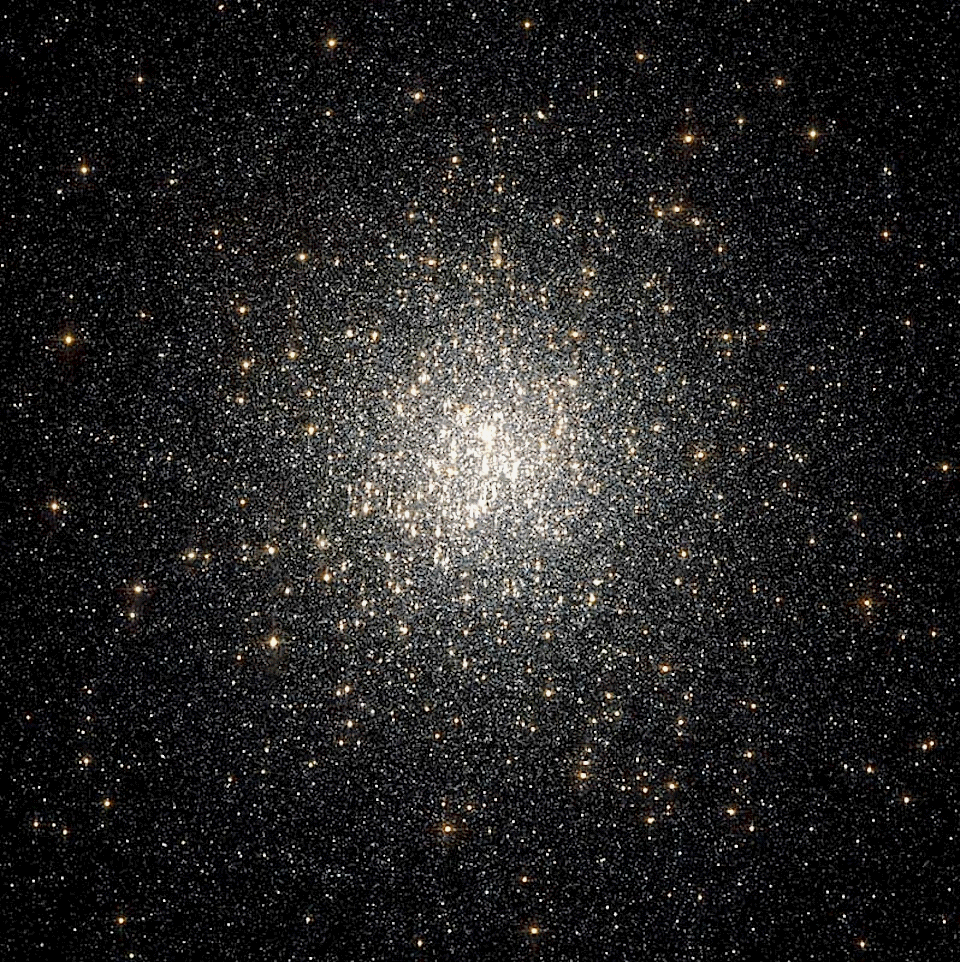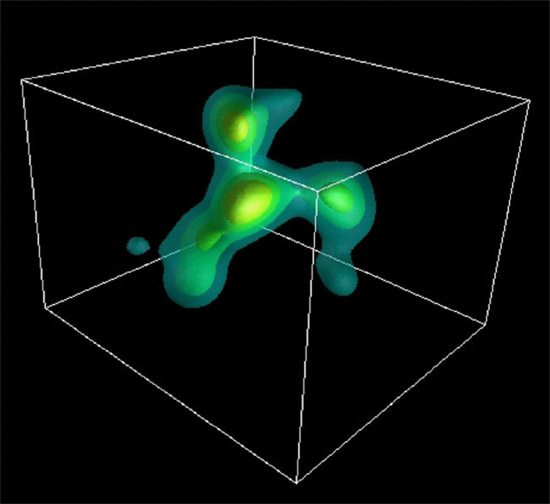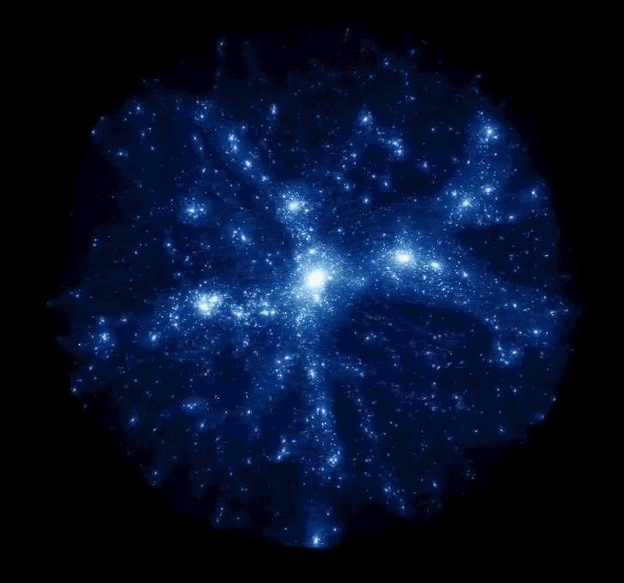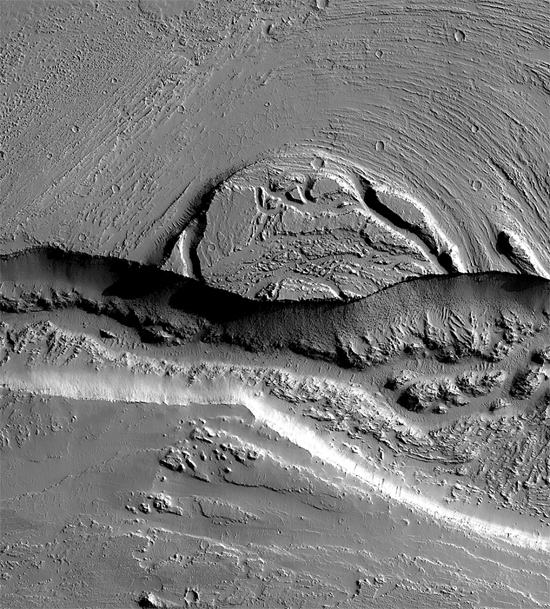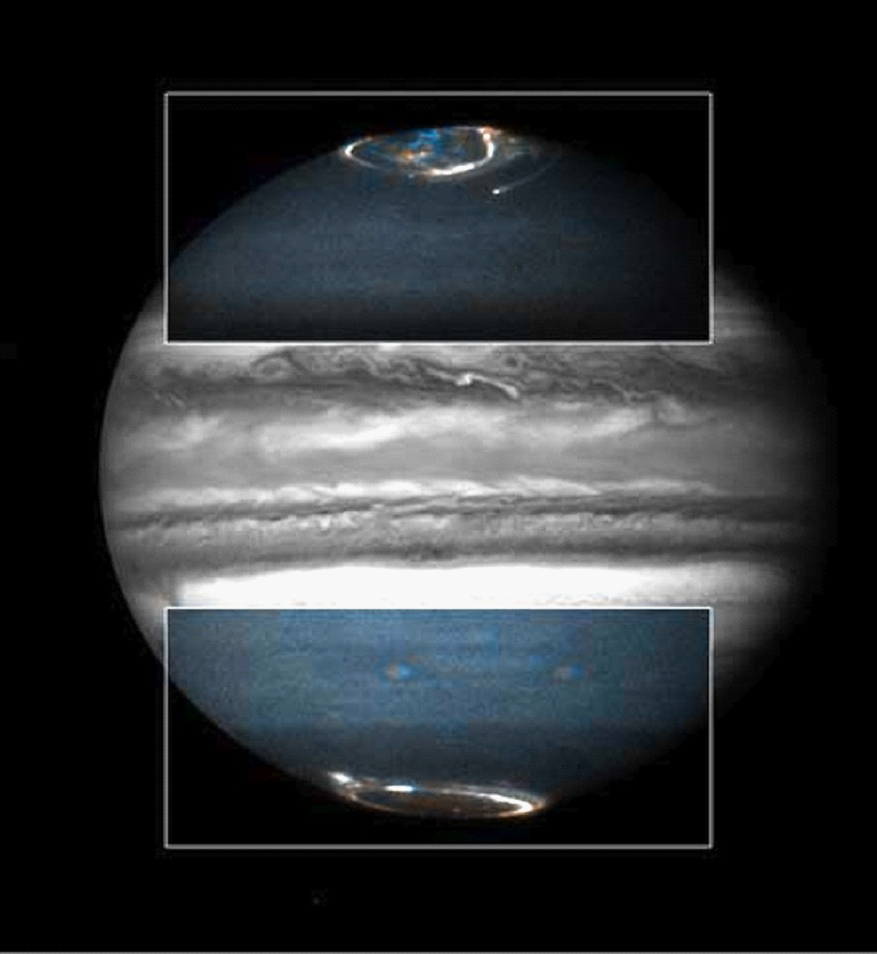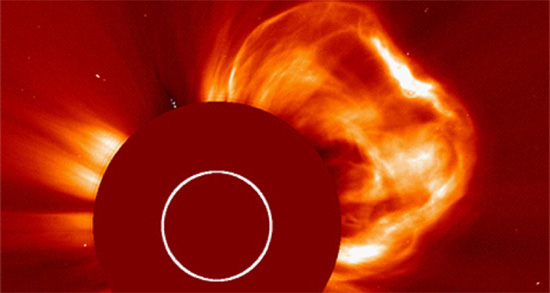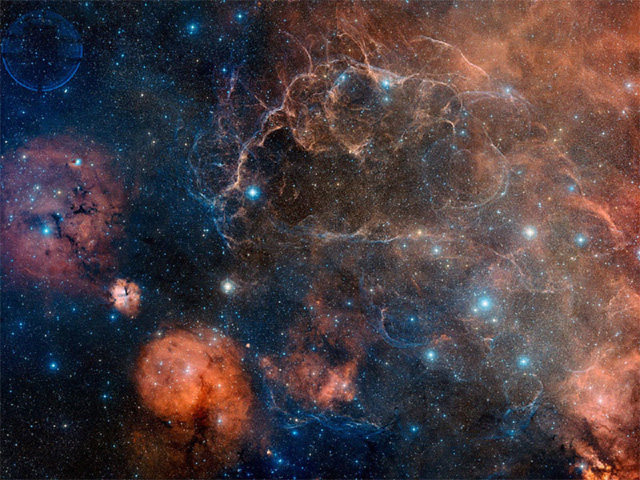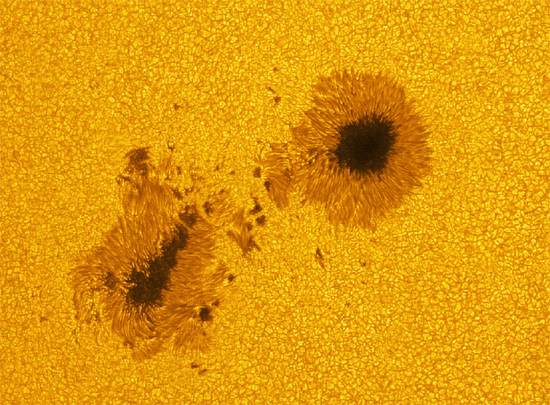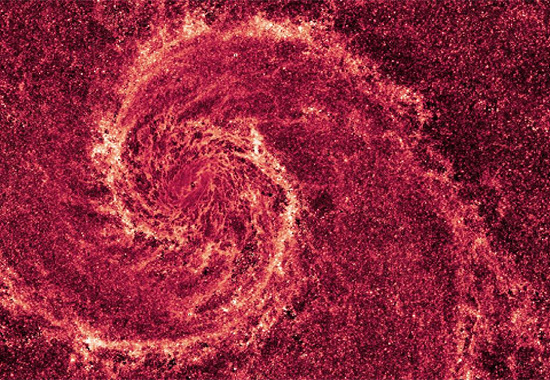The Filamentary Firmament
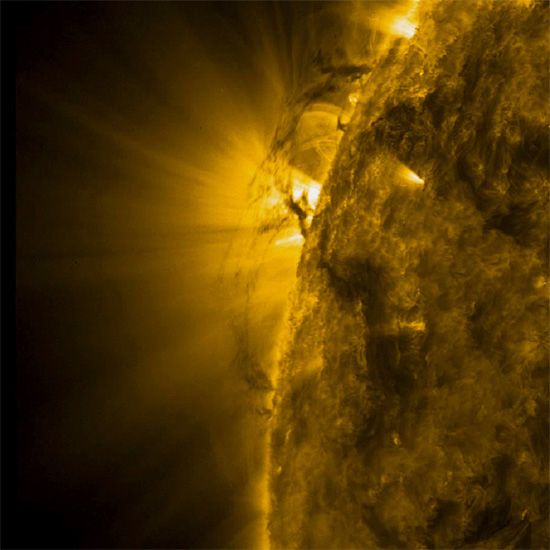
Feb 20, 2012 Strands of magnetically confined plasma can be seen throughout the cosmos. A rotating vortex of solar plasma was the topic of a recent press release. Does that phenomenon relate to other energetic vortices? Previous Picture of the Day articles describe many cases of ionized clouds in space…





